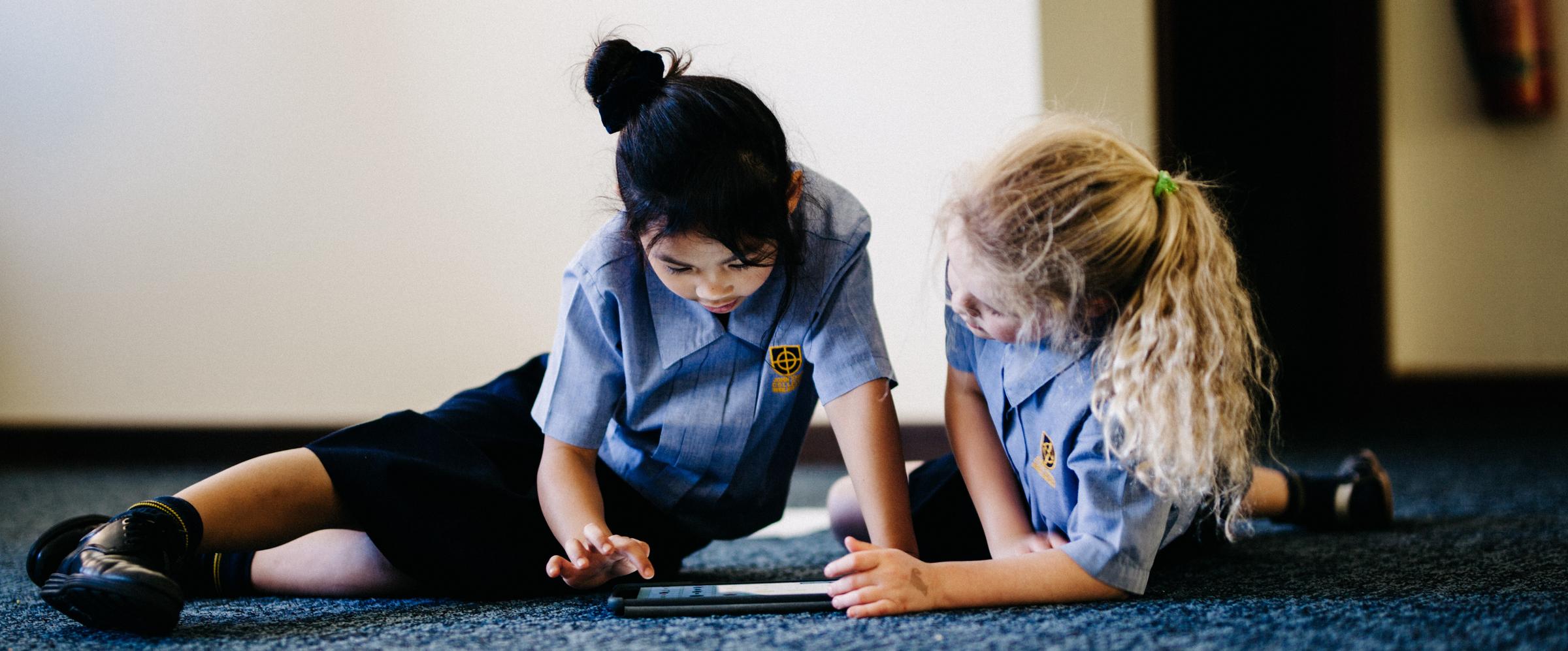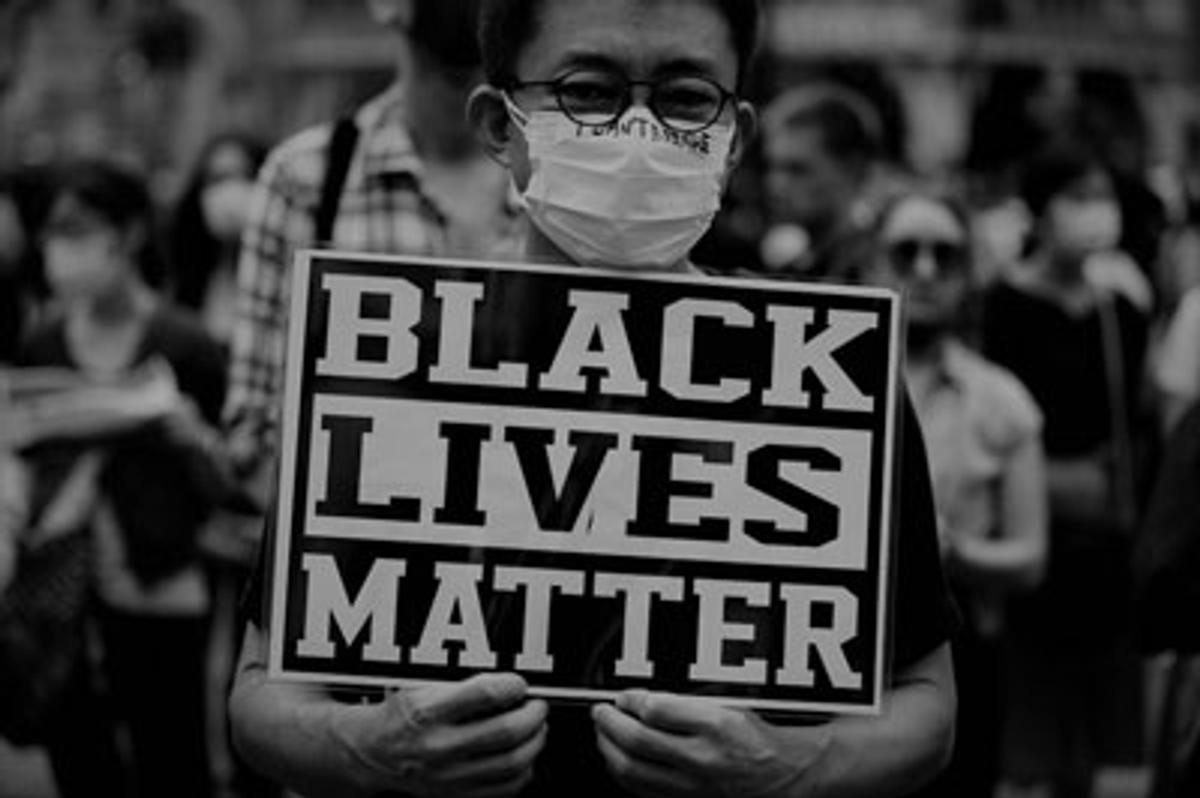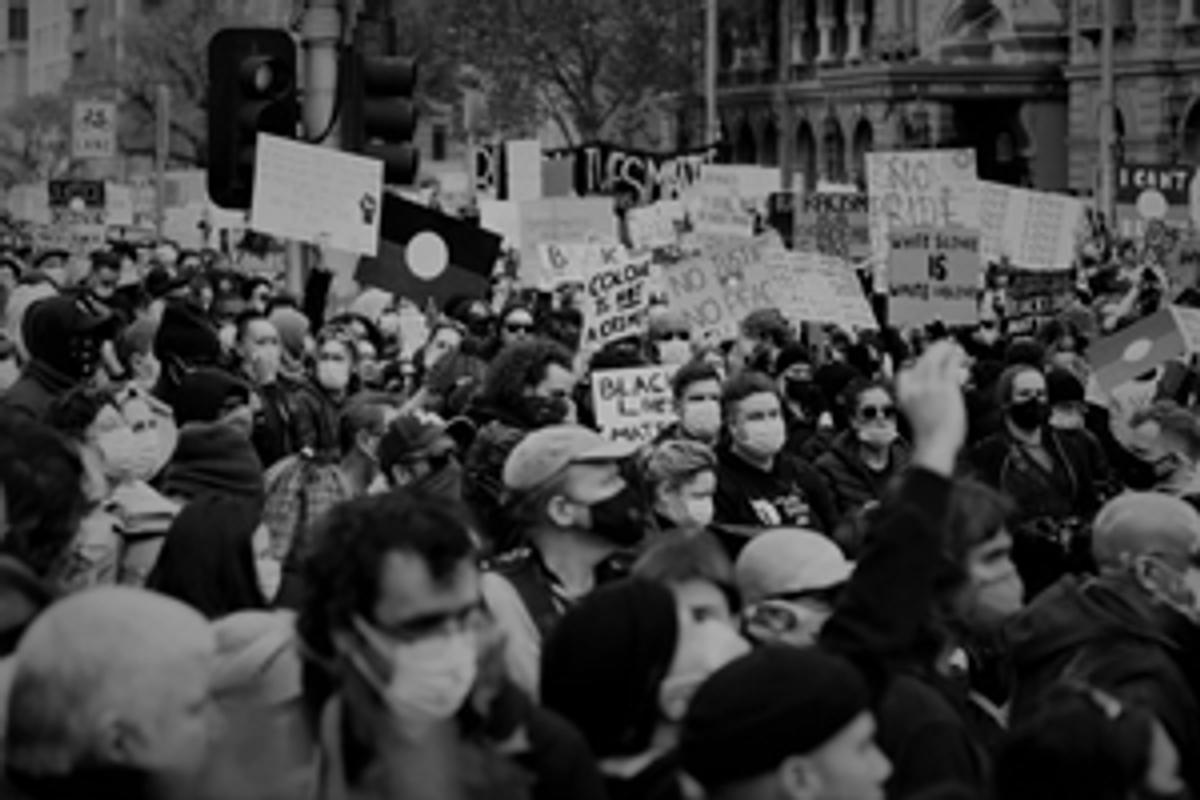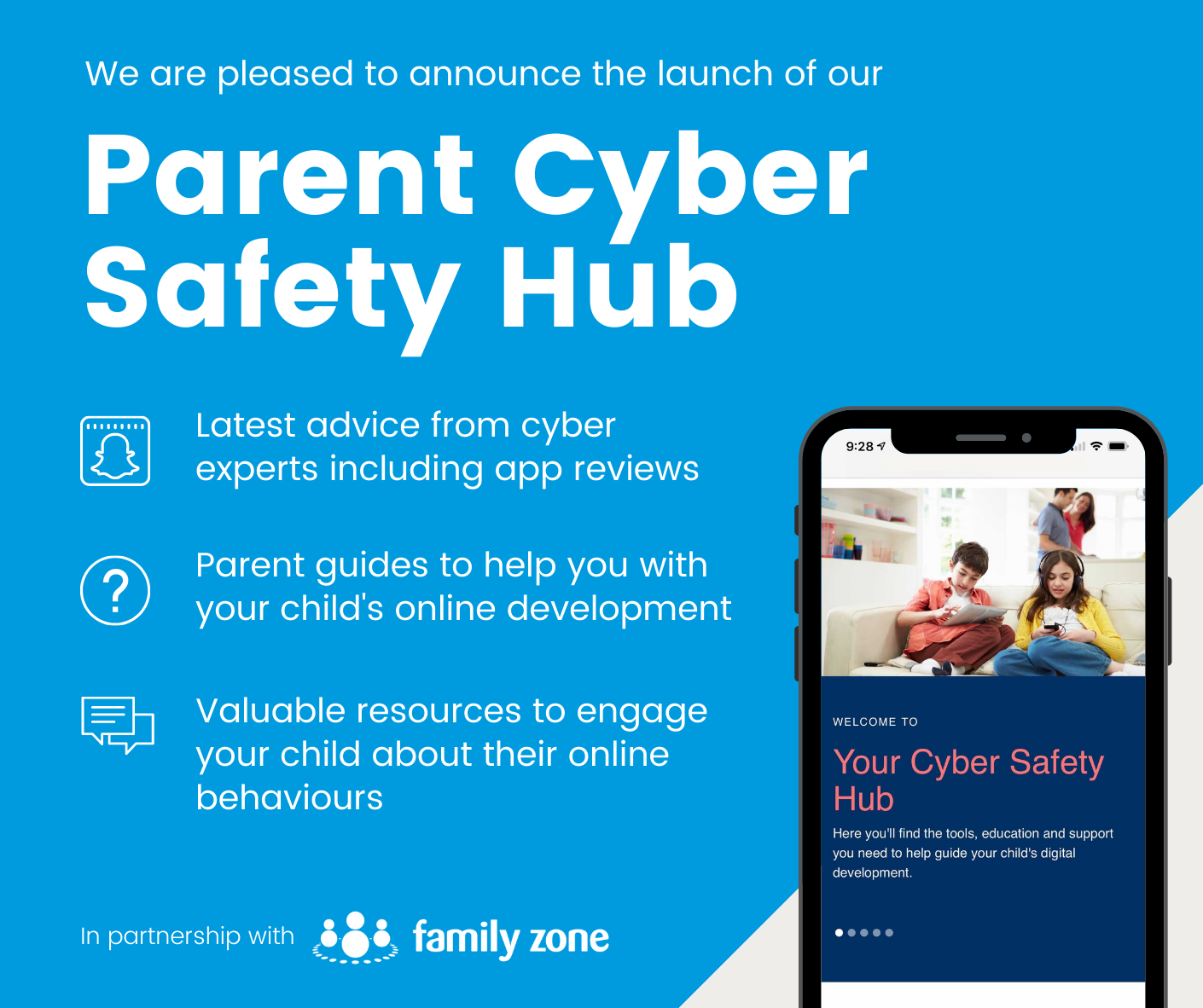Cyber Safety

Prejudice & Social Media
Current world events are challenging us to review our own biases about race. During this important exercise, it is essential that we understand how our biases may be implicitly shaped by what we are seeing on our social media feeds. Here are three vital things to teach teenagers on analysing how technology may influence prejudice.
As we watch events unfold in the US and even in our own country, it is easy to become distressed at what we are seeing on our screens. Violence, bias, and bigotry has erupted on a global scale, leaving many of us feeling powerless about what to do.
One place we do have control is our self education and even more importantly that of the young people we teach when it comes to the role technology plays in our larger scale of thinking, and how it influences the lens we each use to view the world.
1. Social media is an echo chamber of our own opinion
Algorithms on every social media platform and website work in part to show us more of what we want to see. They do this by analysing the data we search for, like and engage with, and curate our feed to continually show us more of what it thinks we enjoy. When young people only view content in their interest areas, or expose themselves solely to those they “agree” with, it indirectly shuts them off from different opinions and ideas, and allows them to stereotype information that might conflict with their current point of view.
Without exposure to other perspectives, we all suffer confirmation bias and the result solidifies our thoughts and opinions on certain topics, rather than challenging us to think critically, and ultimately pave the way for compassion and understanding of different viewpoints.
2. We must scrutinise and understand the agenda behind the content we consume
In the past, the backbone of free media has been based on the foundation of independence, trust, and transparency, however in 2020 there is a clear agenda pushed in certain news corporations that affects the narrative of their news cycles. Far right, or far left views of private industry backers with a vested interest in the organisational bottom line, influence the perspective these organisations push out to the masses, including our kids. People continue to feel strongly that the stories they see attached to a trusted logo or source automatically equate to truth, and this reliance opens the door to manipulation.
The result has been the viral spread of skewed or outright “fake news” that is focused more on the salacious, outrageous, and often inaccurate, and results in increased views and endorsement of certain agendas on a mass scale.
Although this is an old article, it provides a great breakdown of the monopoly of media in the US, highlighting how messaging across multiple news platforms is not as diverse as we might think.
3. Our exposure to minority groups through technology, can directly affect the level of our negative bias towards them.
Studies have found that people who have had more social interaction with minority group members are less likely to be affected by negative media depictions of these groups. This encompasses our online lives, where young people are often bombarded with one dimensional content. When we see certain minority groups engaging in anti-social behaviours for example, it influences our long term opinion on who they are and what they represent.
It is now vital to teach deliberacy in our media consumption, particularly when it comes to young people. To teach the value in exposure to different viewpoints, and to seek to understand those who are not within our immediate demographic group. By exposing ourselves to various representations of what we see, we equip ourselves to make balanced judgements, and to ensure we are not influenced by or shepherded into opinions that serve a company's bottom line, or compromise our humanity. We must be aware, now more than ever, of our implicit biases and how these may be perpetuating inequality, and take responsbility in scrutinising media in a criticial way.
Reference: https://www.ysafe.com.au/socialmediablog.html
Cyber Safety Hub
We are delighted to introduce you to a new resource made available to you through our partnership with Family Zone - our new school Cyber Safety Hub.
As you may already be aware, our partnership provides your family with access to the Family Zone tools to use at home with your children if you wish. The purpose of the Cyber Safety Hub is to complement those tools with practical guidance and information to further support you in engaging with your children in their digital development. These tools and resources also allow the school and parent body to work together on creating a holistic approach to guiding each student's online journey.
About the Parent Cyber Safety Hub
The Cyber Safety Hub includes resources to help your family better understand the different Family Zone tools available to you and how to use them, plus access to regular cyber safety events to help you stay informed about the latest digital trends.
Also, the Cyber Safety Hub provides expert advice from leading cyber experts, ySafe, on the most pertinent issues and frequently asked questions around platforms like TikTok, Fortnite, Instagram, and more. There are app reviews with age and safety recommendations, along with a range of guides to help ensure healthy boundaries around screen-time & gaming, plus step-by-step instructions for using parental controls and filtering out inappropriate content.
We are very excited to be able to offer you this level of expertise and support. We look forward to working closely with you as we develop the cyber safety conversation within our school community.



